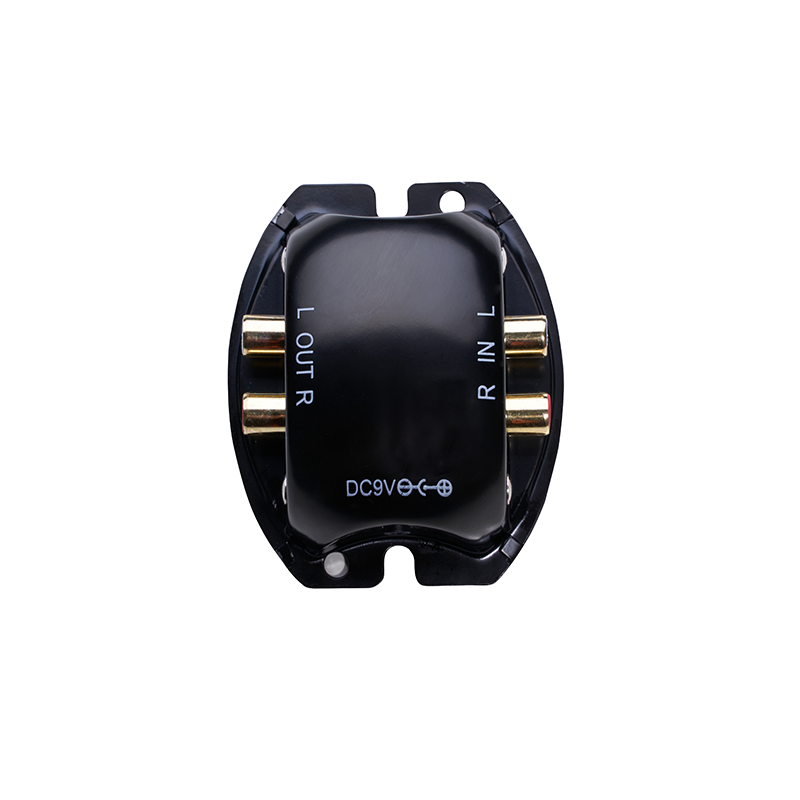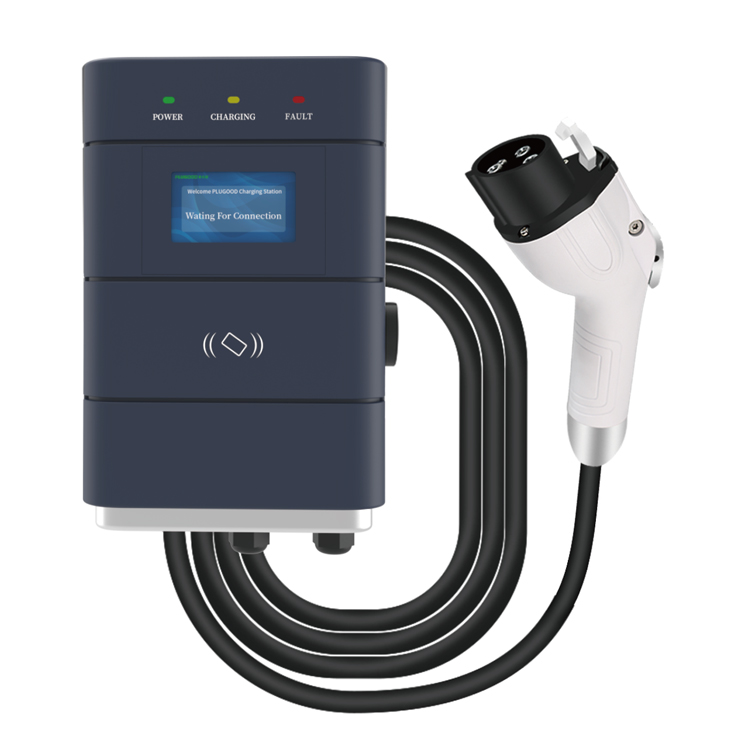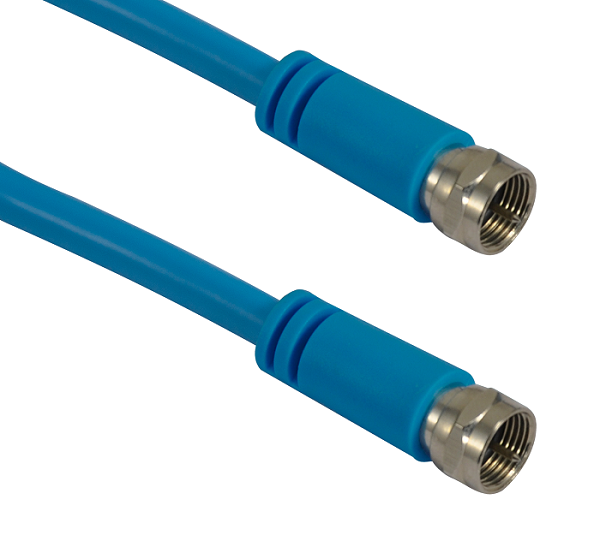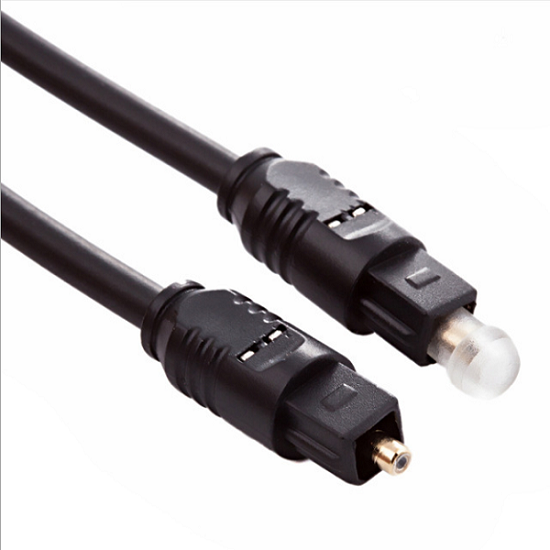Plastics used for injection molding are divided into two categories
2022-05-18
Thermoset
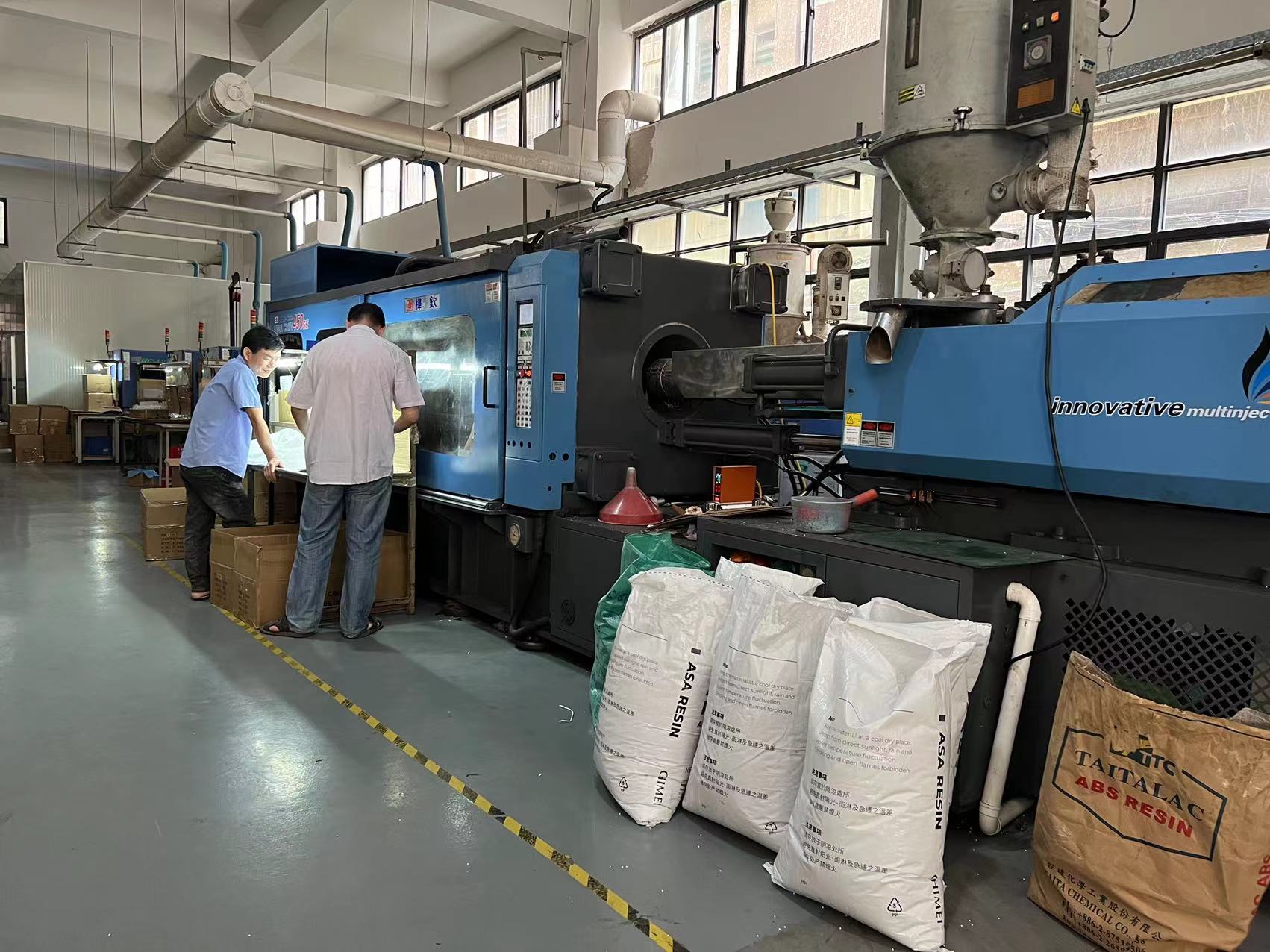 It is melted at low temperature (30-130) ℃, and cross-linked and solidified at high temperature (140-200) ℃ in the mold. The characteristic is that it can be transformed into a plastic melt at a certain temperature, but if the temperature continues to increase and the heating time is increased, the polymer will have a cross-linking effect and solidification.
The cured plastic can neither be dissolved in the solvent, nor can it be softened to its original state by heating, and will decompose if the temperature is continued to increase. This is an irreversible process and cannot be processed repeatedly.
Thermoplastic
It is divided into crystalline and amorphous. It is characterized by heating and softening, melting when the temperature continues to rise, and returning to the solid state when cooling. This process is reversible and can be repeated many times.
Crystallinity; polymer molecular chains are arranged in a regular and orderly state. Such as; PP, PE, POM, PA, PBT, PET ‘PC’
Amorphous; polymer molecular chains are arranged in a random and disordered state. , Such as PS, AS, ABS, PC+ABS, PMMA, PVC, PU, PPO, PPE, PEI, LCP, PPS, etc. The common difference between crystalline and amorphous polymers;
Crystalline materials are particularly sensitive to temperature during molding. They all have their own melting points. When the temperature is below the melting point, there is no fluidity, but once the temperature reaches the melting point, the fluidity increases dramatically. The molding shrinkage rate is large, the apparent gloss is good, and it has heat resistance and high mechanical strength.
High crystallinity polymer density, tensile strength, surface finish increased; impact strength, stiffness decreased. Rigidity is one of the conditions for product demoulding, and the improvement of crystallinity helps to improve the softening temperature and heat distortion temperature and heat resistance, which is conducive to demolding. The increase in crystallinity will reduce the volume of the product and increase the shrinkage. Because the product is cooled in the mold, due to the difference in crystallinity caused by the difference in temperature, the macromolecular chain produces an isotropic orientation. Uneven density and shrinkage are used.
Lead to higher internal stress and cause warpage, and reduce the resistance to stress cracking. Amorphous materials have no obvious melting point, the influence of pressure during molding is more sensitive than temperature, and the shrinkage rate is small. Temperature resistance, mechanical strength, chemical resistance, surface finish are not as good as crystalline polymers.
Both are affected by the mold temperature in the same way. That is, the higher the mold temperature, the greater the shrinkage rate, and the product size has a downward trend. The crystalline material has an optimal crystallization temperature, at which the product size is more stable and the deformation is small. However, the deformation of the two is affected by the mold temperature in opposite ways.
That is, crystalline products are deformed to the side with high mold temperature, and amorphous products are deformed to the side with low mold temperature.
It is melted at low temperature (30-130) ℃, and cross-linked and solidified at high temperature (140-200) ℃ in the mold. The characteristic is that it can be transformed into a plastic melt at a certain temperature, but if the temperature continues to increase and the heating time is increased, the polymer will have a cross-linking effect and solidification.
The cured plastic can neither be dissolved in the solvent, nor can it be softened to its original state by heating, and will decompose if the temperature is continued to increase. This is an irreversible process and cannot be processed repeatedly.
Thermoplastic
It is divided into crystalline and amorphous. It is characterized by heating and softening, melting when the temperature continues to rise, and returning to the solid state when cooling. This process is reversible and can be repeated many times.
Crystallinity; polymer molecular chains are arranged in a regular and orderly state. Such as; PP, PE, POM, PA, PBT, PET ‘PC’
Amorphous; polymer molecular chains are arranged in a random and disordered state. , Such as PS, AS, ABS, PC+ABS, PMMA, PVC, PU, PPO, PPE, PEI, LCP, PPS, etc. The common difference between crystalline and amorphous polymers;
Crystalline materials are particularly sensitive to temperature during molding. They all have their own melting points. When the temperature is below the melting point, there is no fluidity, but once the temperature reaches the melting point, the fluidity increases dramatically. The molding shrinkage rate is large, the apparent gloss is good, and it has heat resistance and high mechanical strength.
High crystallinity polymer density, tensile strength, surface finish increased; impact strength, stiffness decreased. Rigidity is one of the conditions for product demoulding, and the improvement of crystallinity helps to improve the softening temperature and heat distortion temperature and heat resistance, which is conducive to demolding. The increase in crystallinity will reduce the volume of the product and increase the shrinkage. Because the product is cooled in the mold, due to the difference in crystallinity caused by the difference in temperature, the macromolecular chain produces an isotropic orientation. Uneven density and shrinkage are used.
Lead to higher internal stress and cause warpage, and reduce the resistance to stress cracking. Amorphous materials have no obvious melting point, the influence of pressure during molding is more sensitive than temperature, and the shrinkage rate is small. Temperature resistance, mechanical strength, chemical resistance, surface finish are not as good as crystalline polymers.
Both are affected by the mold temperature in the same way. That is, the higher the mold temperature, the greater the shrinkage rate, and the product size has a downward trend. The crystalline material has an optimal crystallization temperature, at which the product size is more stable and the deformation is small. However, the deformation of the two is affected by the mold temperature in opposite ways.
That is, crystalline products are deformed to the side with high mold temperature, and amorphous products are deformed to the side with low mold temperature.
 English
English  Esperanto
Esperanto  Afrikaans
Afrikaans  Català
Català  שפה עברית
שפה עברית  Cymraeg
Cymraeg  Galego
Galego  Latviešu
Latviešu  icelandic
icelandic  ייִדיש
ייִדיש  беларускі
беларускі  Hrvatski
Hrvatski  Kreyòl ayisyen
Kreyòl ayisyen  Shqiptar
Shqiptar  Malti
Malti  lugha ya Kiswahili
lugha ya Kiswahili  አማርኛ
አማርኛ  አማርኛ
አማርኛ  Bosanski
Bosanski  Frysk
Frysk  ភាសាខ្មែរ
ភាសាខ្មែរ  ქართული
ქართული  ગુજરાતી
ગુજરાતી  Hausa
Hausa  Кыргыз тили
Кыргыз тили  ಕನ್ನಡ
ಕನ್ನಡ  Corsa
Corsa  Kurdî
Kurdî  മലയാളം
മലയാളം  Maori
Maori  Монгол хэл
Монгол хэл  Hmong
Hmong  IsiXhosa
IsiXhosa  Zulu
Zulu  Lëtzebuergesch
Lëtzebuergesch  Malagasy
Malagasy  Punjabi
Punjabi  پښتو
پښتو  Chichewa
Chichewa  Samoa
Samoa  Sesotho
Sesotho  සිංහල
සිංහල  Gàidhlig
Gàidhlig  Cebuano
Cebuano  Somali
Somali  Тоҷикӣ
Тоҷикӣ  O'zbek
O'zbek  Hawaiian
Hawaiian  سنڌي
سنڌي  Shinra
Shinra  Shinra
Shinra  Հայերեն
Հայերեն  Igbo
Igbo  Sundanese
Sundanese  Yoruba
Yoruba  Español
Español  Português
Português  русский
русский  Français
Français  日本語
日本語  Deutsch
Deutsch  tiếng Việt
tiếng Việt  Italiano
Italiano  Nederlands
Nederlands  ภาษาไทย
ภาษาไทย  Polski
Polski  한국어
한국어  Svenska
Svenska  magyar
magyar  Malay
Malay  বাংলা ভাষার
বাংলা ভাষার  Dansk
Dansk  Suomi
Suomi  हिन्दी
हिन्दी  Pilipino
Pilipino  Türkçe
Türkçe  Gaeilge
Gaeilge  العربية
العربية  Indonesia
Indonesia  Norsk
Norsk  تمل
تمل  český
český  ελληνικά
ελληνικά  ελληνικά
ελληνικά  український
український  Javanese
Javanese  فارسی
فارسی  தமிழ்
தமிழ்  తెలుగు
తెలుగు  नेपाली
नेपाली  Burmese
Burmese  български
български  ລາວ
ລາວ  Latine
Latine  Қазақша
Қазақша  Euskal
Euskal  Az?rbaycan
Az?rbaycan  Slovensky jazyk
Slovensky jazyk  Македонски
Македонски  Lietuvos
Lietuvos  Eesti Keel
Eesti Keel  Română
Română  Slovenski
Slovenski  मराठी
मराठी  Srpski језик
Srpski језик 






